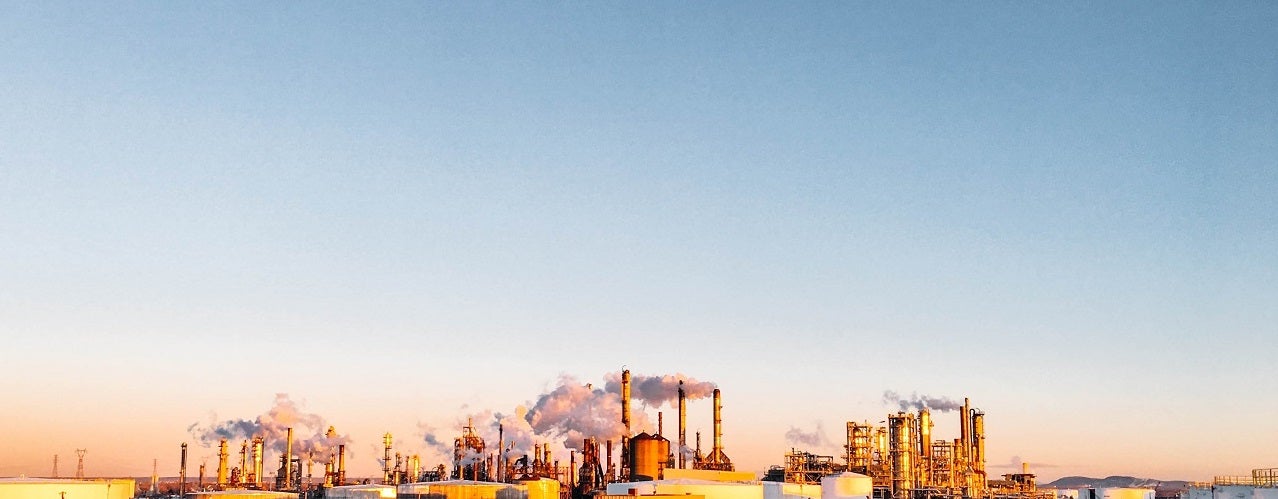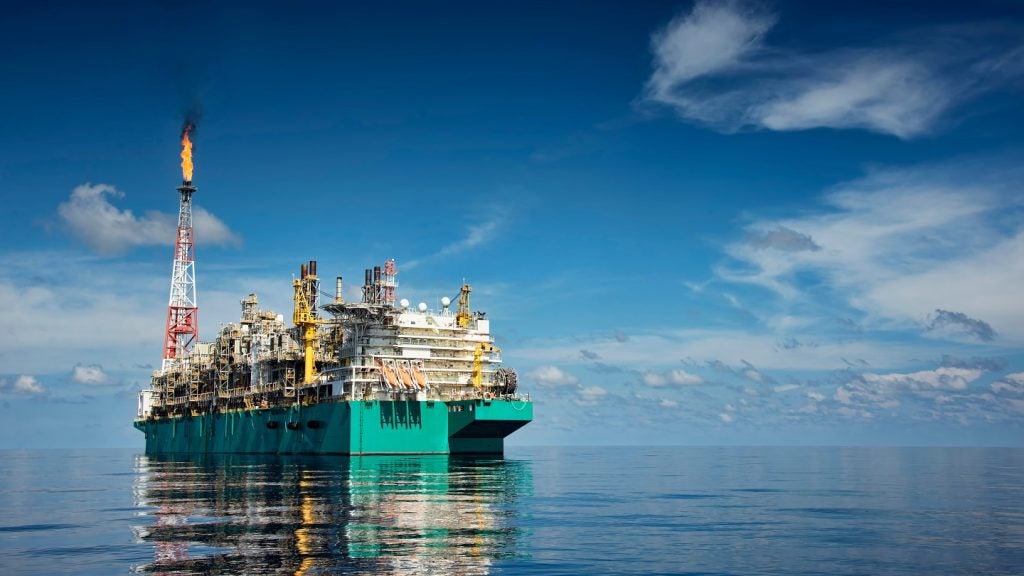
In the spirit of the circular economy, parts of the oil and gas industry have been working to take waste by-products and turn them into new, useful products, some of which include water, gas, and even hydrogen.
For example, as explosive refining devices in China are mostly located near rivers, lakes, or highly residential areas, local oil companies implement total circular economic strategies in upstream, downstream, and production chains to establish recycling economic models.
In terms of improvements to oil and gas resources exploration, China uses technologies for identification of minerals, oil, and gas such as remote sensing; aerial surveys; geophysical and geochemical methods; establishing criteria for spatial databases with economic and environmental models to identify natural resources and potential environmental issues.
Another forthcoming circularity innovation is Saudi Arabia’s work to build one of the world’s largest green hydrogen projects using solar and wind, as well as shipments of blue ammonia derived from oil and gas products.
The country is planning to extract the carbon associated with the production of the ammonia and send it to Japan, where direct air capture will be performed.
The outlook for the circular economy in oil and gas
The circular economy is looking to change things and cut waste during the years that hydrocarbons will still be necessary for multiple industries across the globe.
How well do you really know your competitors?
Access the most comprehensive Company Profiles on the market, powered by GlobalData. Save hours of research. Gain competitive edge.

Thank you!
Your download email will arrive shortly
Not ready to buy yet? Download a free sample
We are confident about the unique quality of our Company Profiles. However, we want you to make the most beneficial decision for your business, so we offer a free sample that you can download by submitting the below form
By GlobalDataDuring IP WEEK, the international event for oil and gas industries, Dr Adam Sieminski, president of KAPSARC, a non-profit, research think tank in Saudi Arabia said that “hydrocarbons can continue to play an important role during the transition towards net-zero, as long as carbon capture utilisation, storage, recycle, and reuse options are incentivised”.
He added: “Many reputable forecasts, including those coming out of the International Energy Agency, have said that we simply can’t do everything with the ‘reduce’ options alone, which include renewables like wind, solar, and nuclear power. Even going all out on that.
“We’re still going to need these other options… And it is simply not going to be possible to achieve the goals that we need to get to if we don’t enable advanced technologies.”
Peter Godfrey, managing director of the Energy Institute Asia Pacific, believes that energy should be looked at by itself, to fully grasp the role of oil and gas within systems.
“Fast forward to present day and we have a whole set of new energy technologies that are coming into play when it comes to the way we drive our cars, potentially even fly our planes, as well as the way we power and use energy in the future.
“If we were starting [afresh] today, with a clean sheet of paper, energy would be much more localised; certain countries have sunshine, some have wind, some still have oil and gas, and others have nothing at all. So, each country will have a very different set up in the way that energy systems will develop in the most optimal way,” Godfrey says.
This is where the circular economy comes into play, with the system all about moving into a world where value chains, supply chains, and procurement activities are all focused around developing more localised solutions.
Is O&G circularity commercially viable?
When asked whether oil and gas circularity is financially feasible, Godfrey says that the answer is yes, but there is another question – how is commercial viability exactly defined?
The commodities are fundamental to the way all economies work, and “a large part of making something economically viable is not just the way open markets price this, but very much driven by the regulatory frameworks and the policies that are put in place to manage them”.
For example, the issues of carbon pricing and climate change will determine levels of commercial viability. The concept is not just about what’s commercial on the marketplace today, it is very much driven by where countries and regions will take their economic and commercial policies of tomorrow.
“I think this is an important point to keep in mind when we start looking at disruptive technologies, and where they may go in the future. It goes well beyond just looking at things developed in the past, new products within the oil and gas industry and within the energy industries will be formed by this complete change in the way we go about looking at our value systems,” Godfrey says.
When it comes to the challenges associated with circularity, perhaps the lack of policy stands out as the main factor that can make or break the new movement. Similar to oil and gas, components from the solar sector, such as lead, are still impossible to recycle. Ideally, such hard to dispose of materials could be redeemed by the circular economy, where the residual materials could be turned into something useful again.
“[In these cases], what we need is a policy in place that says, ‘if you want to bring in lead-based solar cells, we are going to create some form of barrier to entering our country, and in competition, we should encourage something that is more environmentally friendly’,” he says.
The progress of the circular economy
Looking into the current trends associated with circularity, it is worth casting a glance at green public procurement, with public authorities seeking to create goods and services with a reduced environmental impact. The concept also involves not buying products that are going to harm the environment.
Godfrey explains: “I think green procurement is a fundamental area, but the real issue that we need to address is, again, the issue of the localisation of energy systems.”
“Part of circularity is also recognising what people call the water-waste-energy nexus, that at the end of the day, around 18% of energy goes towards water processing and infrastructure, around 15% of the water that we use goes into energy production, and around 70% of water goes into food and agriculture.
“And then 33% of that food goes to waste. So all of these things need to be tied together, and looked at within that context of a more localised, more regionalised system that can manage and minimise wastage and optimise resource efficiency.”
While the energy industry has enormous supply chains moving oil from the Middle East into Southeast Asia or gas from Russia into Europe, it is likely that these complex supply chains could be managed in a more circular way.
Perhaps one dilemma of circularity for corporations is that they can perceive it as a direct competitor to consumerism and market growth.
“But they don’t need to be competitors. And that’s where regulations come into play again, you’ve got to balance those out. So, circularity has got to be more economically beneficial than overconsumption,” Godfrey concludes.




